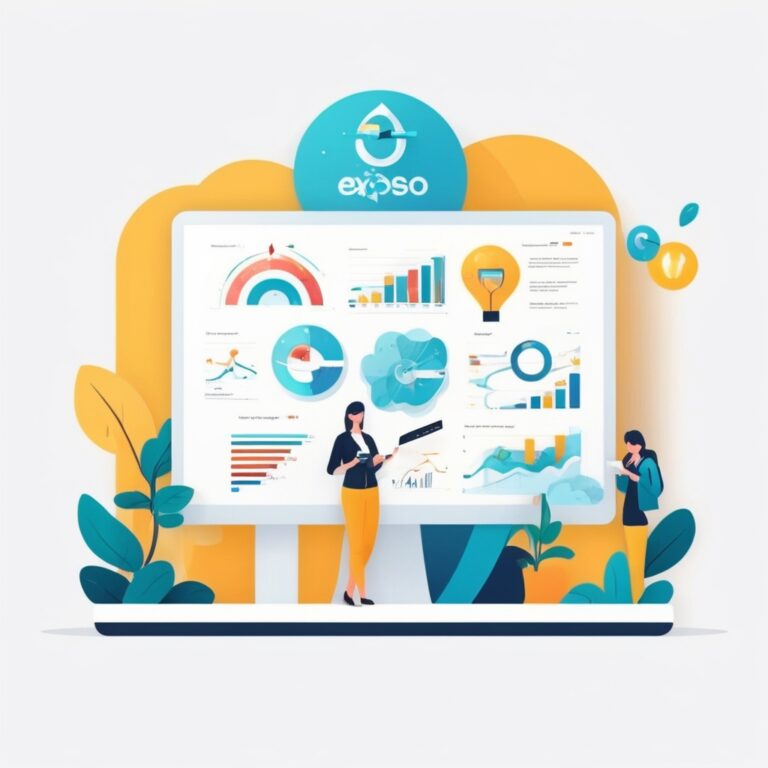Are you struggling to get your business seen on Google Maps? The old days of waiting months for results are gone. With the right AI-powered workflow, you can leap into the top 3 in just a couple of weeks. In this guide, we’ll break down the proven AI SEO Workflow systems revealed by Caleb Ulku, showing you exactly how to audit, optimize, and accelerate your Google Business Profile rankings—backed by actionable steps and powerful data scraping with DataForSEO.
Why Fast Google Maps Rankings Matter

Photo by Tim Mossholder on Pexels
If your business isn’t in the top 3 of Google Maps, you’re practically invisible to local searchers. Most agencies still use outdated tactics, causing months-long delays. But as shown in the video, with a modern, AI-driven approach, you can see dramatic improvements in as little as 14 days.
“Ranking on Google Maps does not take months anymore. It really only takes a couple of weeks and I’ve done this consistently.”
Common Local SEO Pitfalls and How to Fix Them
Why Most Google Business Profiles Underperform
- Only one category selected instead of up to 10
- Too few services listed (3 vs. 20-40 possible)
- Incomplete profile details (holiday hours, service areas)
- Generic homepage content with no local relevance
Actionable Fixes to Avoid These Traps
- Audit your GBP (Google Business Profile) for completeness
- List every relevant service and select all applicable categories
- Ensure your homepage reflects your main city and services
Tip: Even a perfectly optimized profile won’t rank if your website lacks consistency or supporting content.
The AI-Powered Local AI SEO Workflow (Step-by-Step)

Step 1: Comprehensive GBP Audit
Tools & Processes
- Use GMB Everywhere (free tool) for real data and category/service recommendations
- Avoid relying solely on ChatGPT for profile audits—AI can hallucinate data
- Employ a structured audit document (template available in the Skool AI SEO Mastery group)
Example Audit Checklist
- Categories: Are you using all relevant ones?
- Services: Is your full service list included?
- Hours, photos, service areas: Are all fields complete?
Step 2: Website & GBP Consistency with AI SEO Workflow Optimization
On-Page Optimization Using AI SEO Workflow
- Use Page Optimizer Pro for data-driven content targets
- Structure pages with H2s for each service/category
- Naturally integrate LSI (related) keywords
Example Implementation
- Run analysis for your main keyword (e.g., “plumber Berkeley”)
- Compare your page’s word count, structure, and LSI keywords to top-ranking competitors
- Feed this data to AI (like ChatGPT or Claude) to rewrite your content, hitting the right targets while sounding natural
Step 3: Core 30 Analysis—Identify & Close Content Gaps
Why Most Agencies Miss This
- Google wants every service on your GBP to have a corresponding page on your site
- AI alone can’t accurately crawl your site structure
The Right Way: Combining Screaming Frog + AI
- Crawl your site with Screaming Frog to export the internal structure
- Export the GBP categories/services
- Feed both into AI (Claude Opus recommended for analysis) with a prompt to identify missing pages
- Prioritize content creation based on competitive gaps and search volume
Pro Tip: This “Core 30” approach gives you a month-long roadmap of content to expand topical authority and coverage.
Step 4: Smart Data Scraping with DataForSEO
Advantages of DataForSEO
- Comprehensive, real-time access to local SEO, keyword, and competitor data
- Scalable for agencies AI SEO Workflow handling multiple locations
- Easily integrated via API for automation
How to Use DataForSEO (with Practical Examples)
- Set Up Account: Register and access the dashboard or API
- Identify Keywords: Use Local Keyword Data API (e.g., “plumber Berkeley”)
- Scrape Competitor Data: SERP API pulls rankings, reviews, and categories
{
"keywords": ["plumber Berkeley"],
"location": "Berkeley, CA",
"depth": 10
} - Analyze Results: Spot what top competitors list (categories, services, review count)
- Optimize Profile: Add missing categories/services, expand your review strategy, and update website content accordingly
- Ongoing Monitoring: Set up automated scrapes to track ranking changes and respond proactively
“By utilizing DataForSEO for scraping data, you can gain actionable insights into local SEO performance.”
Step 5: Build Authority with Local Link Building and AI SEO Workflow
Beyond Directories: Hyperlocal Link Strategies
- Secure basic external links for every new page (signals quality)
- Target local sponsorships, events, and community organizations
- Use AI prompts to automatically discover and prioritize link opportunities
Example AI Prompt Output
- List of local festivals, youth sports leagues, media outlets
- Prioritized by ease, value, and cost (free vs. paid)
Step 6: Continuous Momentum—The Monthly Expansion System
Why Ongoing Optimization Is Critical
- Algorithms and competitors change constantly
- Use AI SEO Workflow analysis of rank map data (via Local Dominator + Claude) to spot new ranking opportunities
Action Steps
- Regularly analyze rank map CSVs to find neighborhoods or services needing attention
- Let your AI SEO Workflow prioritize content production (check Vtb.marholtech.com a genius way to stay out of competition by leveraging repurpose content from youtube )—geographic pages, service pages, or topical clusters
- Keep expanding coverage to stay ahead of the competition
Key Takeaways and Next Steps
- Speed matters: With AI workflows, top 3 Google Maps rankings are possible in weeks, not months
- Data-driven audits and optimizations trump guesswork—combine real data (Screaming Frog, DataForSEO) with AI content generation
- Authority is built locally—go beyond directory links and engage with your community
- Momentum wins long-term: Continuous AI analysis and expansion keeps you ahead
Ready to put this AI-powered workflow to use? Start by auditing your GBP, align your website, deploy a smart content plan, and leverage DataForSEO for competitive insights.
“You could have the best ranking system in the world. But if you’re still struggling to land clients consistently, you’re leaving money on the table every single day.”
Frequently Asked Questions
How quickly can I see Google Maps ranking results?
You can see significant movement—often to the top 3—in as little as 14 days with this AI-driven workflow.
What if my industry is highly competitive?
The workflow scales: use more granular DataForSEO scrapes and expand your local authority footprint via hyperlocal content and links.
Can I automate most of the process?
Yes. With the right tools (Screaming Frog, DataForSEO, Page Optimizer Pro, Claude/ChatGPT), much of the data analysis and content creation can be automated or greatly accelerated.
Ready to outrank your competition on Google Maps? Start your AI SEO journey today and transform your local visibility!






